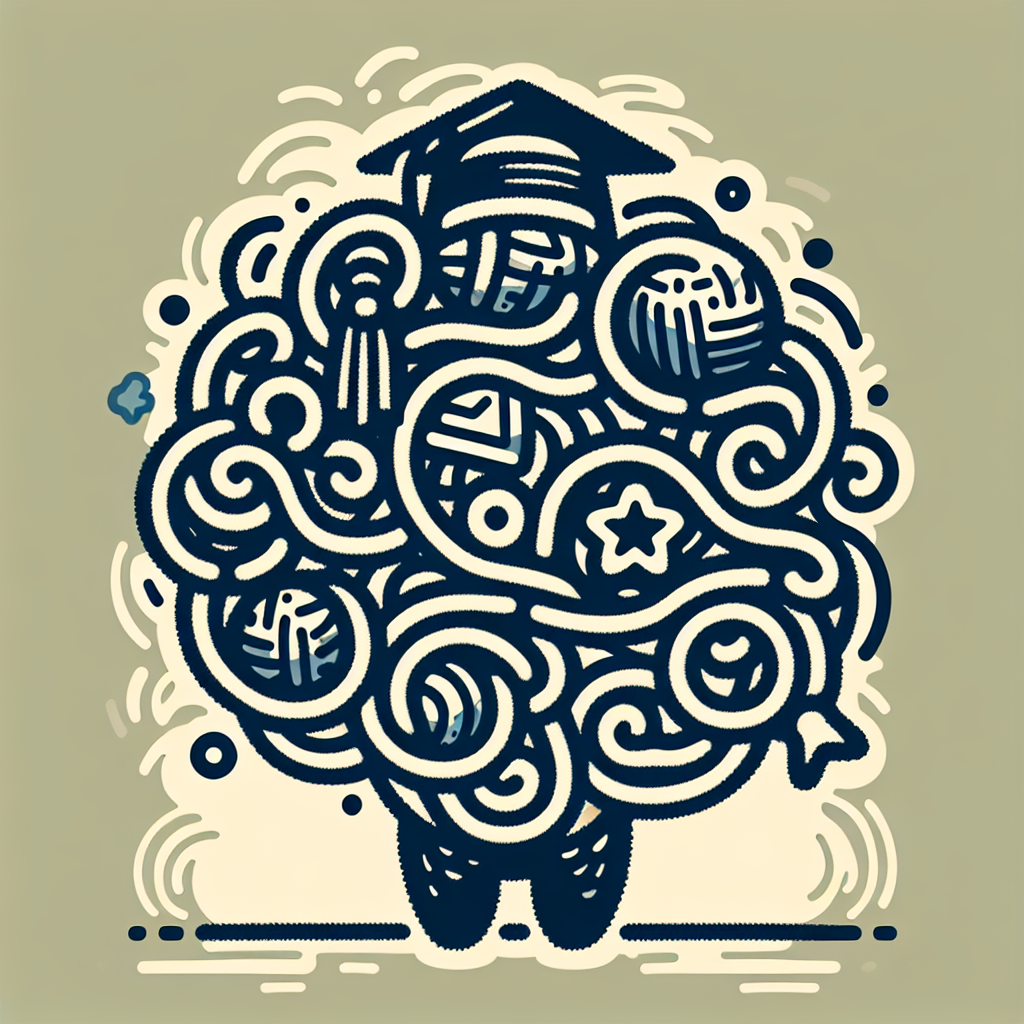Introduction
Swarthmore College is a prestigious liberal arts institution located in Pennsylvania. Known for its rigorous academics, commitment to social responsibility, and close-knit campus community, Swarthmore consistently ranks among the top liberal arts colleges in the United States.
Understanding the Swarthmore acceptance rate is essential for prospective students and families navigating the competitive landscape of college admissions. In recent years, national trends have shown declining acceptance rates at top-tier institutions, reflecting increased application numbers and heightened selectivity.
For the Class of 2029, Swarthmore reported an acceptance rate of just 7.4%, highlighting the college’s highly selective admissions process (Swarthmore.edu - News & Events). This figure underscores the importance of understanding what makes applicants successful in such a competitive environment.
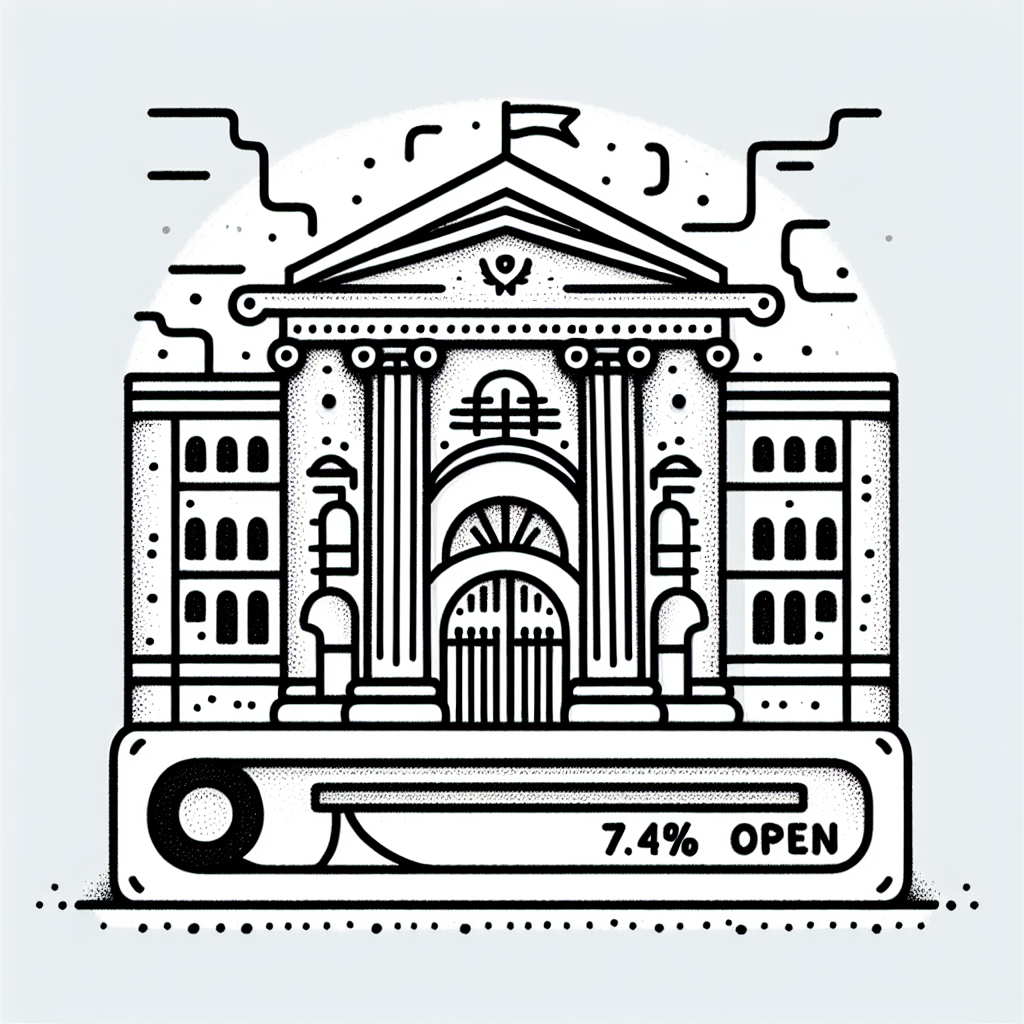
🎓 Swarthmore College Admissions Snapshot
Class of 2029 at a Glance
Swarthmore College received a total of 12,995 applications for the Class of 2029. Out of these, 965 students were admitted, resulting in a Swarthmore acceptance rate of approximately 7.4% (Swarthmore.edu - News & Events). This figure underscores the college's high level of selectivity.
Academic Profile of Admitted Students
Admitted students to Swarthmore College typically demonstrate strong academic credentials. For the Class of 2029, the middle 50% SAT score range was between 1460 and 1560, while the ACT composite scores ranged from 33 to 34 (U.S. News & World Report). These numbers reflect the competitive nature of gaining admission, further emphasizing the low Swarthmore acceptance rate.
Selectivity Rating
Swarthmore College received a selectivity rating of 98 out of 99 from The Princeton Review, highlighting its rigorous admissions process and the caliber of its applicant pool (Princeton Review). This high score aligns with the reported Swarthmore acceptance rate and reinforces the institution’s reputation for academic excellence.
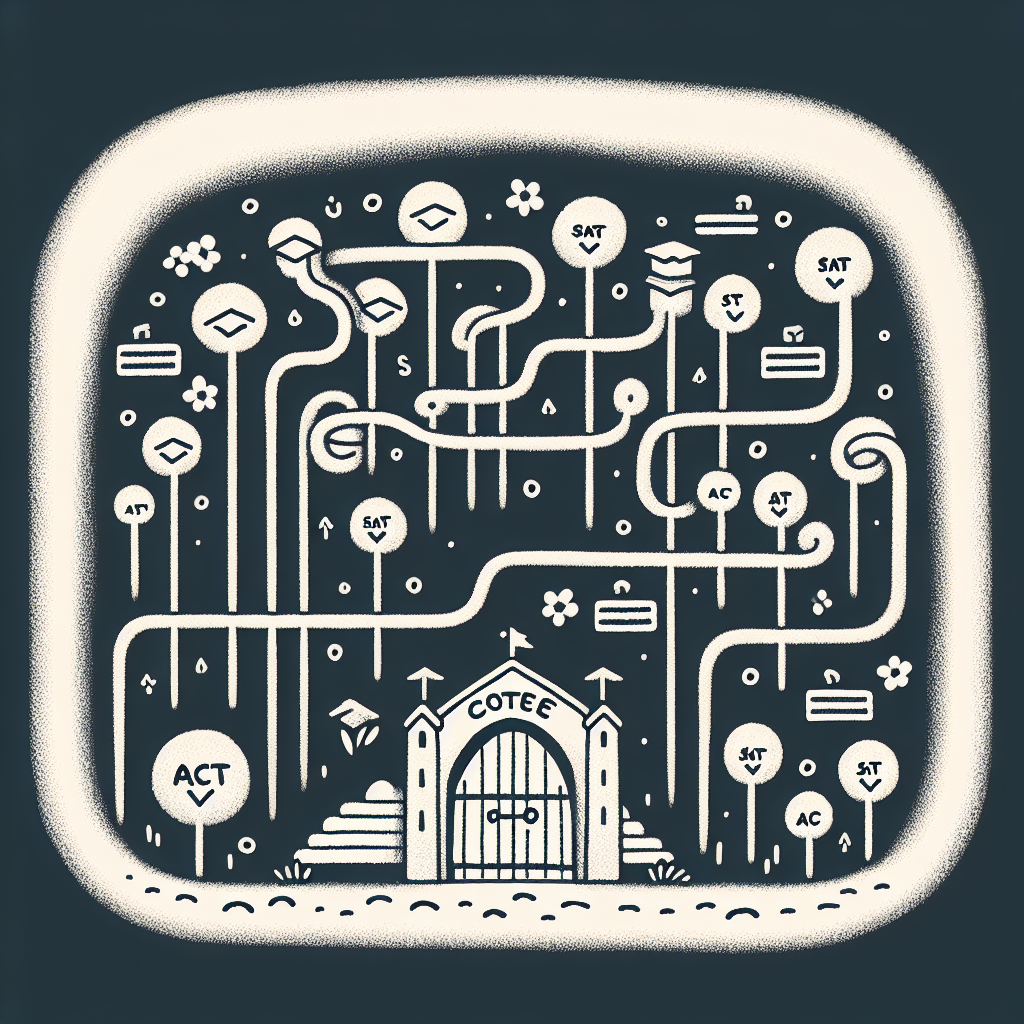
📈 Historical Acceptance Rate Trends at Swarthmore
Swarthmore College has seen a notable decline in its acceptance rate over the past decade, highlighting its increasing selectivity. For the Class of 2020, the Swarthmore acceptance rate stood at 12.8%. By the time the Class of 2029 was admitted, that number had dropped to just 7.4% (Swarthmore.edu - Swarthmore by the Numbers). This trend reflects a growing applicant pool and heightened competition among prospective students.
Several factors have contributed to the falling Swarthmore acceptance rate. The college has experienced a rise in applications from both domestic and international students, drawn by its strong academic programs and reputation for rigorous intellectual engagement. Additionally, Swarthmore’s enhanced visibility due to successful alumni outcomes and national rankings has fueled interest among high-achieving students. Despite this demand, the college maintains a limited enrollment to preserve its intimate learning environment, further increasing the selectivity of its admissions process.
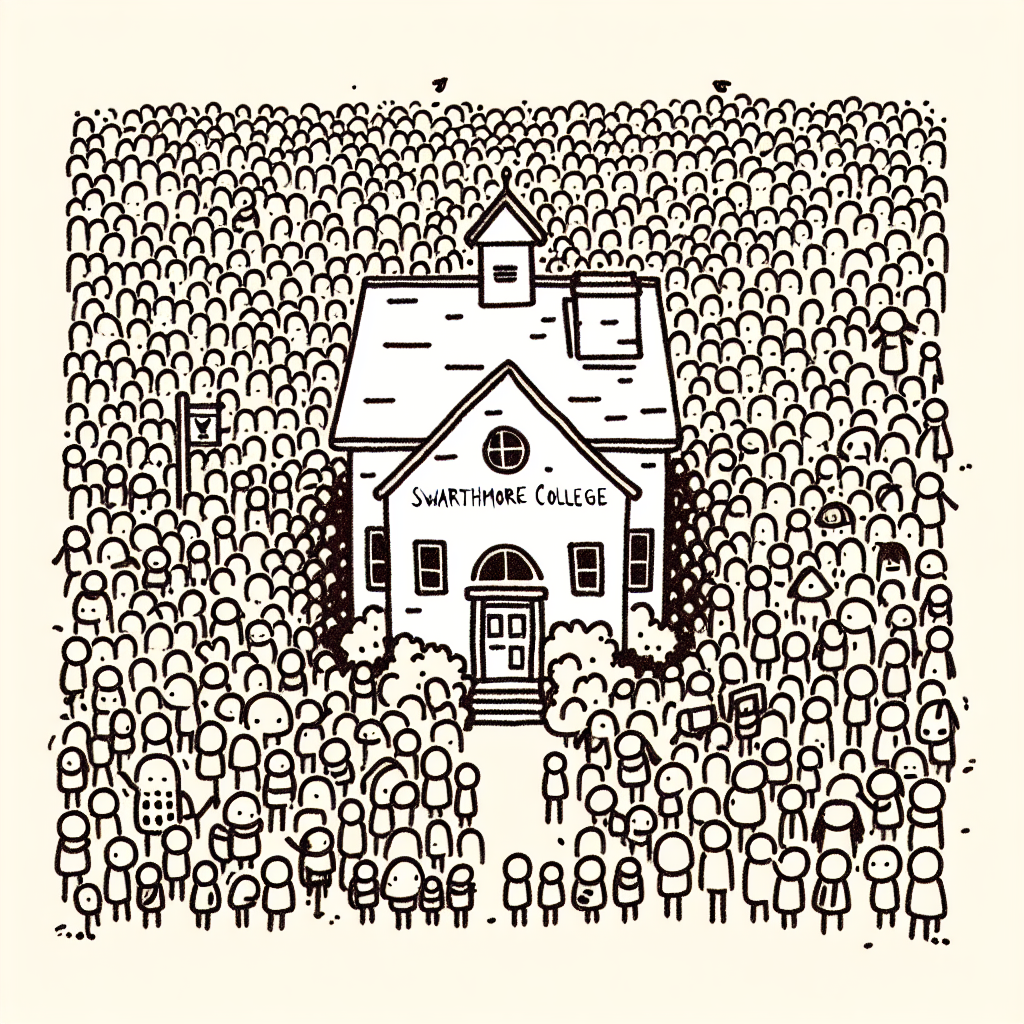
Academic Rigor and Reputation
Swarthmore College is known for its academic rigor and strong liberal arts foundation, both of which significantly impact the Swarthmore acceptance rate. The college emphasizes interdisciplinary learning, encouraging students to explore diverse fields and make connections across disciplines. Undergraduate research is a cornerstone of the academic experience, with students frequently engaging in faculty-mentored projects that prepare them for advanced study and professional success.
Swarthmore’s reputation for academic excellence is further reflected in its high doctoral output. Between 2013 and 2022, 21.8% of Swarthmore graduates earned doctorates, the third-highest rate in the United States. Notably, 15.4% of alumni earned doctorates in science and engineering fields, placing Swarthmore fifth nationally in this category (Swarthmore.edu - Doctorates Awarded).
These outcomes highlight the college's commitment to intellectual development, a factor that contributes to its selective admissions process and ultimately affects the Swarthmore acceptance rate.

Understanding the Application Process
Holistic Admissions Approach
Swarthmore College uses a holistic admissions process, meaning that the admissions committee evaluates each applicant as a whole person rather than relying solely on numerical metrics. While academic excellence remains central—strong grades and rigorous coursework are essential—other components carry significant weight. These include extracurricular achievements, personal essays, and letters of recommendation.
The admissions team also considers how well a student aligns with Swarthmore’s values. Demonstrated interest in the college and a clear connection to its mission—such as a commitment to social responsibility, intellectual engagement, and community impact—can enhance an applicant's chances. Understanding this comprehensive review process is crucial, particularly given the competitive Swarthmore acceptance rate.
Tips for Prospective Applicants
To strengthen an application, students should focus on excelling in both standardized testing and challenging academic courses. Admissions officers look for signs of intellectual curiosity, such as independent research, academic competitions, or deep involvement in a specific area of study.
Equally important is active participation in community service, clubs, or leadership roles that reflect a commitment to making a difference. Applicants should use their essays and other materials to highlight how their goals and values align with Swarthmore’s mission. By thoughtfully presenting these elements, students can better position themselves in light of the highly selective Swarthmore acceptance rate.

📊 Comparative Context: Where Swarthmore Stands Nationally
Swarthmore College consistently ranks among the most selective liberal arts colleges in the United States. The Swarthmore acceptance rate typically falls in the single digits or low teens, reflecting the school’s highly competitive admissions process.
When compared to other elite institutions, Swarthmore holds its own. Its acceptance rate is on par with those of Ivy League universities and top-tier research institutions, despite its smaller size and liberal arts focus. For example, schools like Columbia, Stanford, and MIT report similar levels of selectivity. This places Swarthmore in a national context of academic excellence and high admissions standards.
Swarthmore's reputation for rigorous academics, strong faculty-student engagement, and commitment to intellectual exploration contributes to its low acceptance rate and national standing. Applicants to Swarthmore are generally in competition with students who are also applying to the most prestigious colleges and universities in the country.
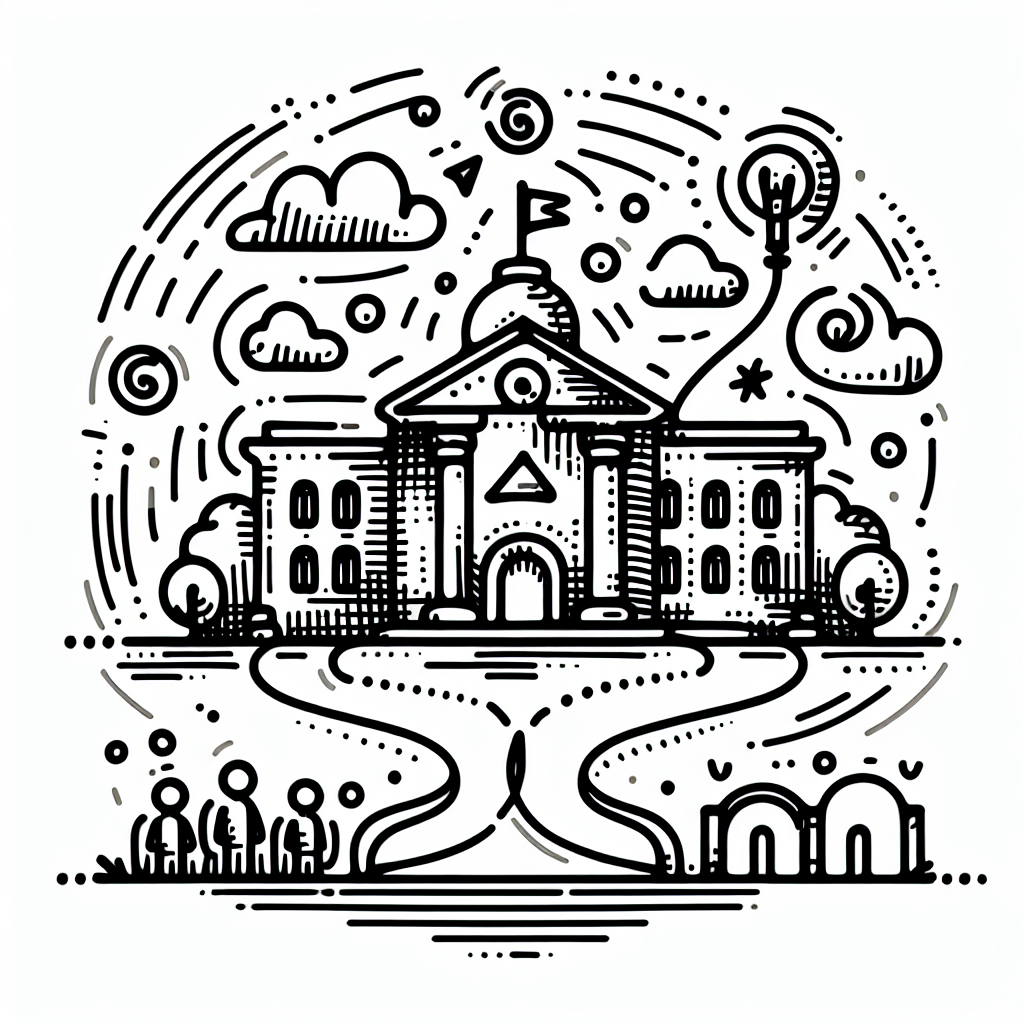
📚 Conclusion: What the Numbers Really Tell Us
Swarthmore's 7.4% acceptance rate underscores the college's status as one of the most selective liberal arts institutions in the country. This low figure reflects both Swarthmore's elite academic reputation and its limited enrollment capacity, which allows the college to maintain small class sizes and a close-knit learning environment.
For prospective students, this means preparing for a highly competitive admissions process. However, the rigorous selection also speaks to Swarthmore's dedication to fostering academic excellence and intellectual curiosity. The college continues to prioritize innovation in its curriculum and research opportunities, making it an appealing choice for high-achieving applicants.
Ultimately, the Swarthmore acceptance rate is more than just a number—it points to the institution's commitment to providing a transformative education to a select group of students ready to meet its high standards.
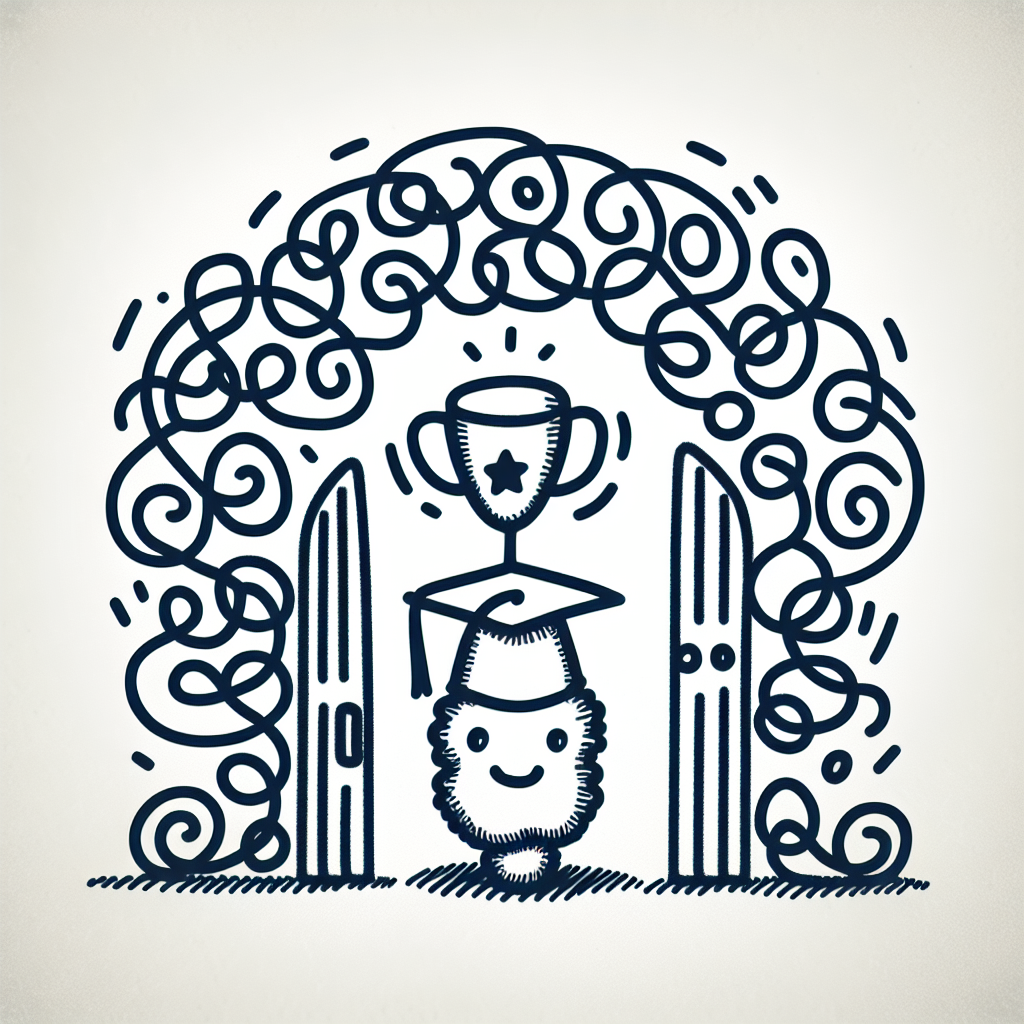
References
- Swarthmore College Admits 965 to Class of 2029
- Swarthmore College Admissions Data - U.S. News
- Swarthmore by the Numbers
- Doctorates Awarded to Swarthmore Graduates
- Swarthmore College – The Princeton Review
